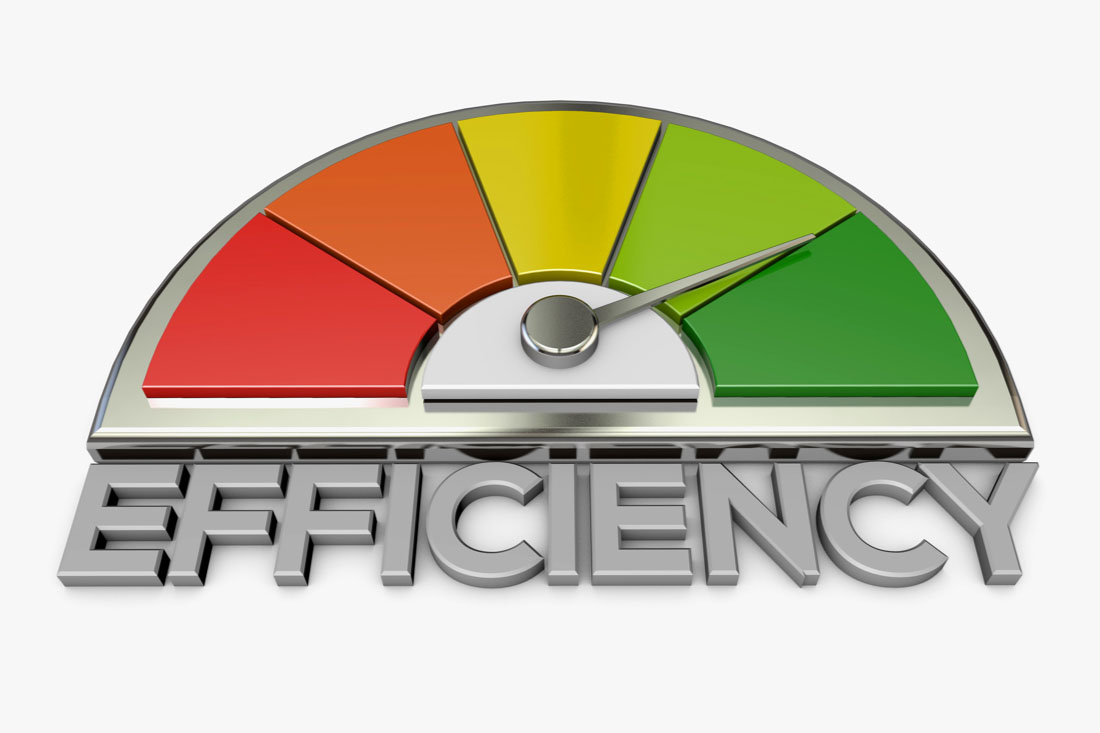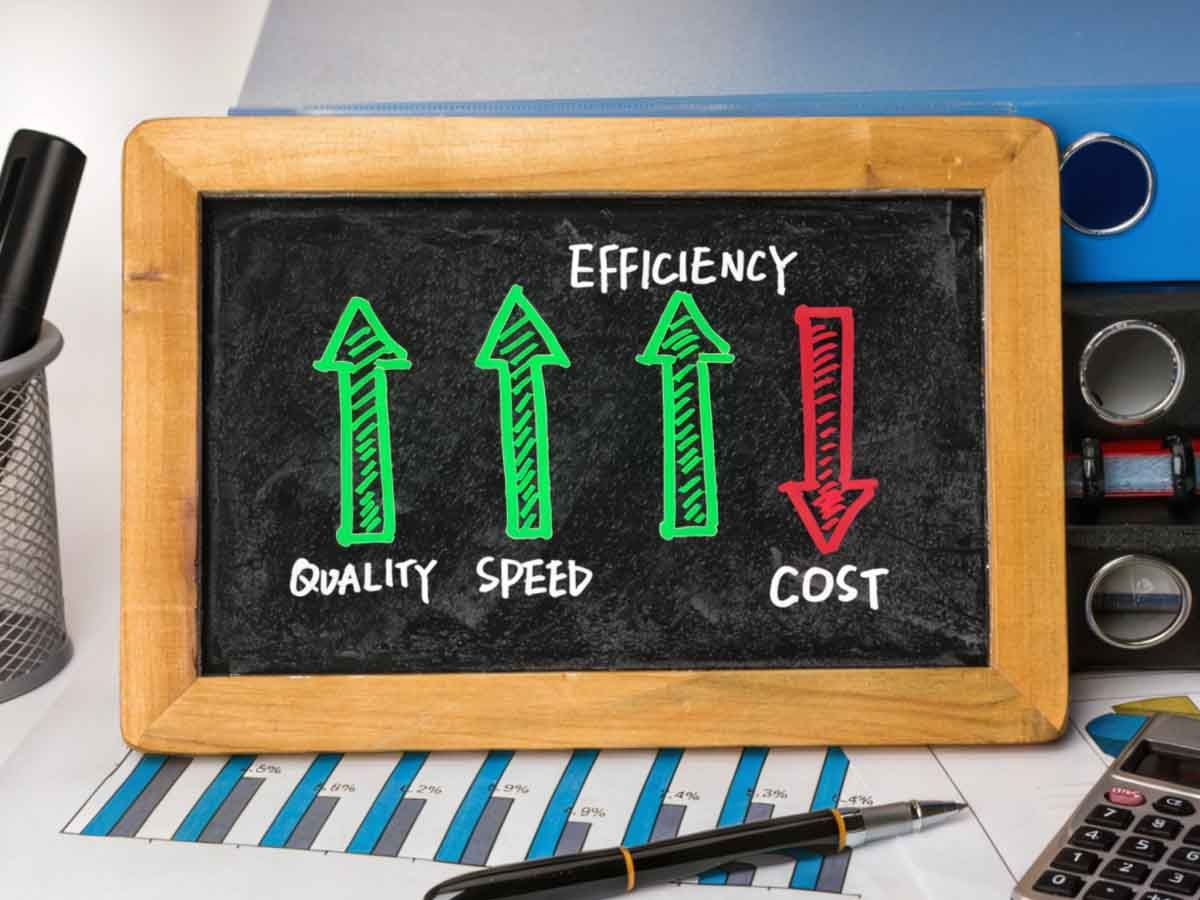Thanks to digital meeting and video capabilities improvements, it’s easier than ever to call a meeting. Managers and teams throw meetings on the calendar to address even the smallest issue, often taking an hour or more out of employees’ days with large groups of people gathered on video calls. Employees now spend three times as much time in meetings as before the COVID-19 pandemic.
This trend has sparked many to ask if having fewer meetings will improve productivity. The answer is a resounding yes. Harvard Business Review reports employee productivity is 71% higher in organizations that reduce meetings by just 40%.
Learn how inefficient meetings harm your company’s productivity and find ways to reduce meetings to improve productivity in your organization in this post.
How reducing meetings improves productivity
Having fewer meetings increases productivity in several ways:
1. Give employees more time for work
Almost two-thirds of senior managers say meetings keep them from doing their own work or that they can’t concentrate deeply due to unproductive meetings. Time spent in meetings keeps employees from doing their work, but even preparing for meetings keeps team members from the focus time they need to be productive. Drexel University reports employees spend an average of nine minutes preparing for each meeting, which adds up. By reducing the number of meetings employees must attend each week, you give them more time to get to their deep work, which is why you hired them.
2. Avoid productivity dips from interruptions
Often meetings serve more as a distraction than anything else. Research shows it takes nearly 25 minutes to regain focus after an interruption or distraction at work. Even a 10-minute meeting can lead to a 35-minute break in productivity. Add the time of the meeting plus the nine minutes it takes to prepare for it, and meetings reduce productivity by much more than you may have thought.
3. Improve employee engagement
Meetings take their toll on employee engagement. The mental exhaustion from Zoom fatigue – the physical and psychological responses we go through after spending a lot of time in video conferences – can lead to burnout and serious health issues. Employees who attend too many meetings often feel their individual contributions matter less to the company.
4. Reduce waste and overtime
A study by Doodle showed businesses in the U.S. lost nearly $400 billion due to disorganized meetings in 2019. Clearly a disorganized meeting is a waste of time, but excessive meetings also lead to employees needing to work overtime to get their actual work done. Atlassian reported more than half of employees work overtime a few days a week to make up time spent in meetings, while that number is two-thirds for those at the director level and above.
5. Increase asynchronous collaboration
Meeting less allows your team members to become better collaborators. Teams that learn how to do asynchronous work – collaborating on projects at different times without having to be together or in-person – are more flexible, productive, inclusive and competitive. Finding ways to avoid meetings will prepare your organization for many scenarios to keep you in business and functioning productively.
How to trim time spent in meetings
Reducing time spent in meetings boosts productivity. So how can you reduce the time your team members spend in meetings? Follow these tips:
1. Get rid of unnecessary meetings
One in three meetings today is unnecessary according to research. If you reduce the number of meetings at your organization, you free employees up to do more important work. Check your managers’ calendars to see if you can stop recurring check-ins, pre-meeting syncs, large group meetings or meetings that don’t have a clear purpose.
2. Limit attendees
Not everyone needs to be in every meeting. In large meetings, the purpose can get derailed by multiple people talking about too many disparate topics. Employees who don’t need to be there will zone out and waste time just showing their face. Encourage managers to limit meeting attendees to only those who absolutely need to be there. At the same time, empower employees to decline meetings that impede their productivity.
3. Create agendas
Atlassian recently reported more than half of workers leave meetings without knowing who’s responsible for next steps or what those next steps are. By creating an agenda, the person who called the meeting ensures everyone knows why they’re there. Agendas empower employees to skip meetings if they realize they won’t be necessary and provide attendees with clear next steps.
4. Stick to meeting duration
If you can’t get rid of meetings, try to hold shorter meetings. Enforce scheduled meeting times by automatically shutting down video calls after a certain amount of time or moving people out of meeting rooms when they’re not scheduled to be there. If meetings continually go over scheduled time, you may need to train leaders on how to hold efficient meetings.
5. Block off meeting-free times
Scheduling meetings for set days or times helps team members reduce meeting frequencies and plan their time more efficiently. You may create a single “meeting day”, like Tuesday, where anyone can set a meeting. Or block off Thursday afternoons to be meeting-free for everyone. Research shows the best time to schedule meetings is 2:30 p.m. on Tuesdays. If you want to boost productivity, forbid anyone from scheduling meetings on Monday mornings, when team members are most refreshed and productive, or Fridays when more team members are likely to take time off.
6. Emphasize using communication channels
Could this meeting have been an email? Could it have been a direct message or an instant message? Sometimes a quick unscheduled call between two team members can get more done than a full hour-long meeting with the entire department. If you have the technology to hold video meetings, you likely have the communication technology to engage in easy chats that can enhance rather than detract from focus time.
7. Implement project management tools
There are many ways to encourage team collaboration that don’t have to be meetings. Project management tools empower employees to update others on tasks without interrupting their days. These tools also automate reports, reminders and notifications to reduce how much time employees need to spend managing each other.
8. Give employees control over their time
If employees know they need to focus on a project with an impending deadline, they should be able to block off their calendars from meetings and turn off notifications while they focus. This may signal a shift in your organizational culture, and leaders may need to learn to trust employees to prioritize work over showing their faces in meetings.
9. Find new ways to trust employees
Managers may overschedule meetings when they don’t feel they have the right tools to ensure employees are working. Using productivity monitoring software like ActivTrak empowers leaders, managers and supervisors to see in real-time just how much work employees are doing. Understanding how, when and where employees are most productive also allows managers to schedule meetings during downtime rather than interrupting focus time. Plus intuitive dashboards show employees their own productivity dips, distractions and milestones to help them better manage their time efficiently.
Decrease meetings and increase productivity with ActivTrak
Fewer meetings mean better productivity in any organization. Although meetings are often an organization’s go-to for collaborating or problem-solving, meeting less opens your employees’ calendars to focus deeper on meaningful work and helps employees feel more autonomous. Leverage ActivTrak to understand your employees’ productivity to schedule more efficient meetings at non-disruptive times. Empower managers to trust employees by giving them real-time data on employee productivity with ActivTrak’s cloud-based platform. Harness ActivTrak Meeting Insights to see exactly how many meetings employees have scheduled and how much time your employees spend in meetings vs productive time.
Ready to join the 9,500+ customers that use ActivTrak to increase productivity in their organizations? Contact our sales team today for a free demo.





